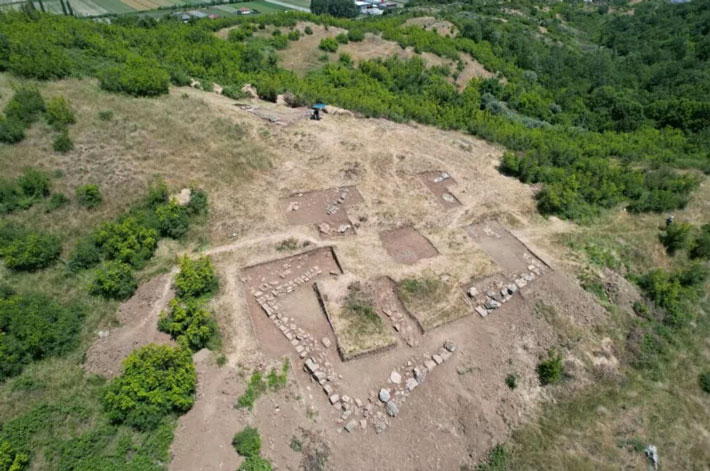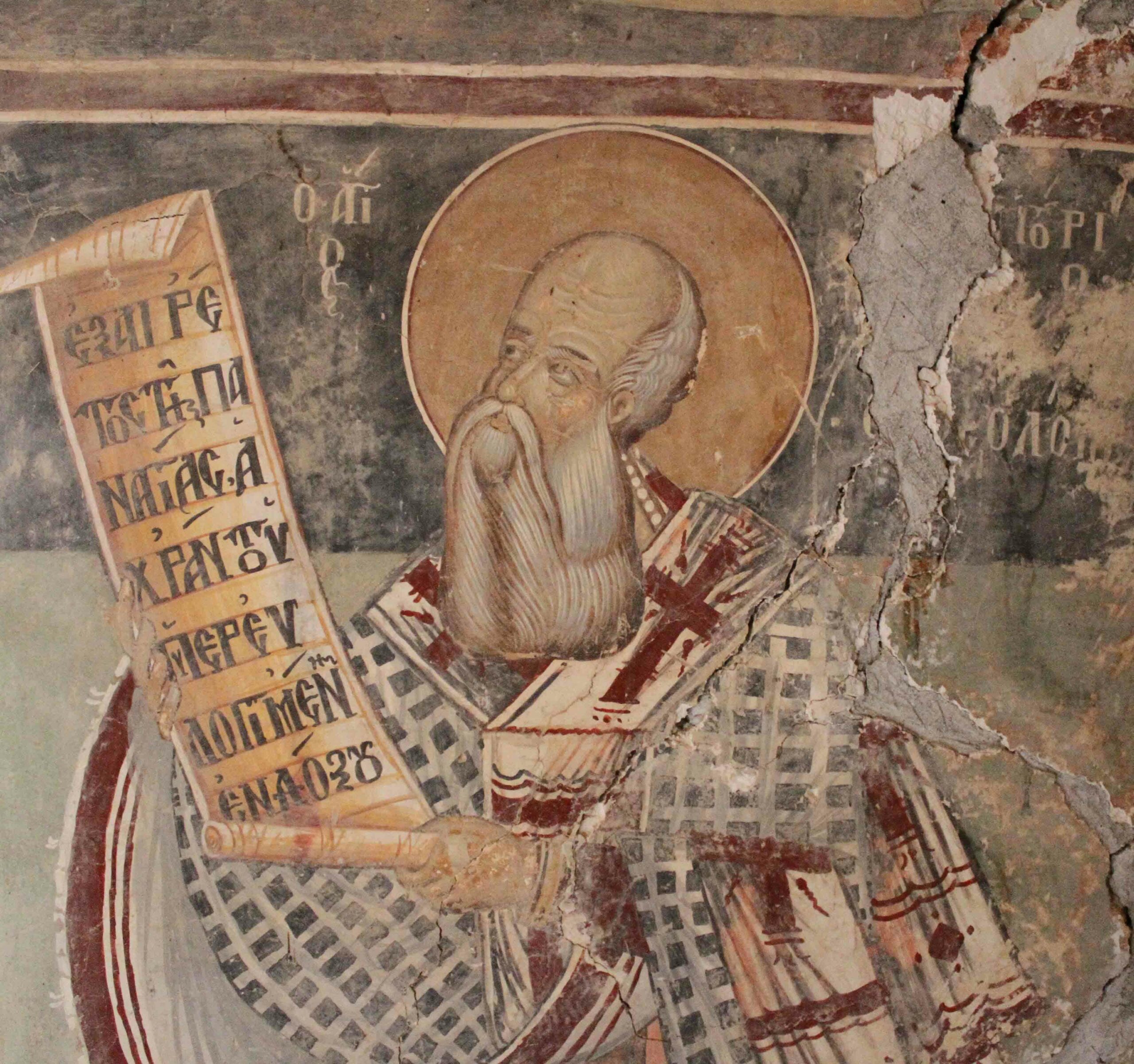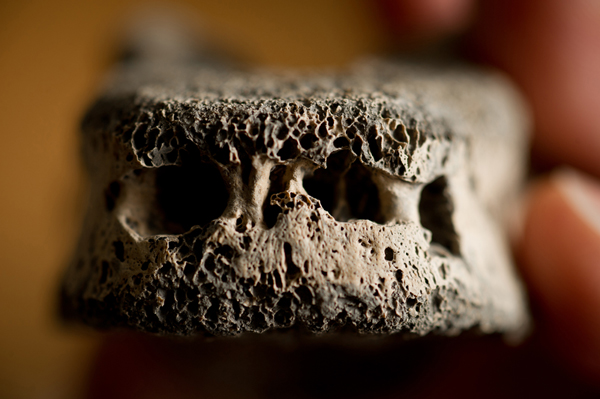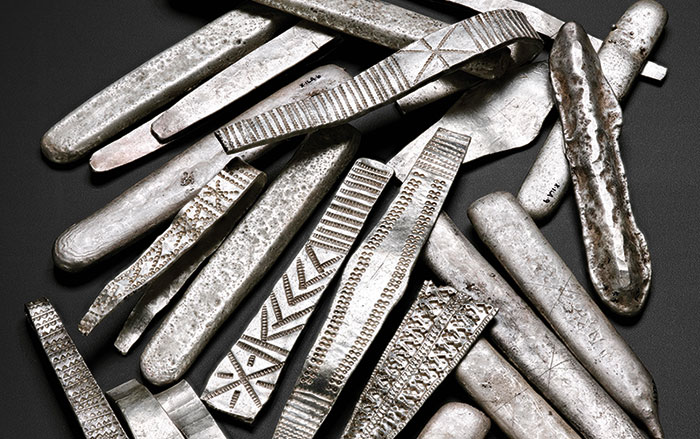
SHKODER, ALBANIA—Science in Poland reports that two of the three unusual buildings discovered on a hill in northwestern Albania in 2018 have been excavated by a team of researchers led by Piotr Dyczek of the University of Warsaw and Saimir Shpuza of the Institute of Archaeology in Tirana. The fortified site of Bushat was located between Scodra, the capital of Illyria, and the Greek city of Lissos. The surviving walls were made from large blocks of local stone, which were later reused in surrounding structures or had slid down the side of the hill as it eroded over the past 2,000 years. But no signs of violence or fire have been uncovered to explain the abandonment of the city, Dyczek said. Analysis of pottery at the site suggests that the hill was first occupied in the second millennium B.C. Fragments of amphoras from Italy dated to the third and second centuries B.C., and Greek two-handled wine cups were also recovered. “Most of them are very small,” Dyczek said. “In antiquity, such miniature vessels were either toys or cult items. It is difficult to determine the functions they had in this place.” He thinks the structures were not used as residences. “We could make different guesses, but we have to wait for the results of further research,” he concluded. The team members are still looking for any evidence to support the idea that the site could be Bassania, a city mentioned by the Roman historian Livy in his description of battles between the Romans and Gentius, the last Illyrian king. For more on Albania's archaeological history, go to "Letter from Albania: A Road Trip Through Time."











